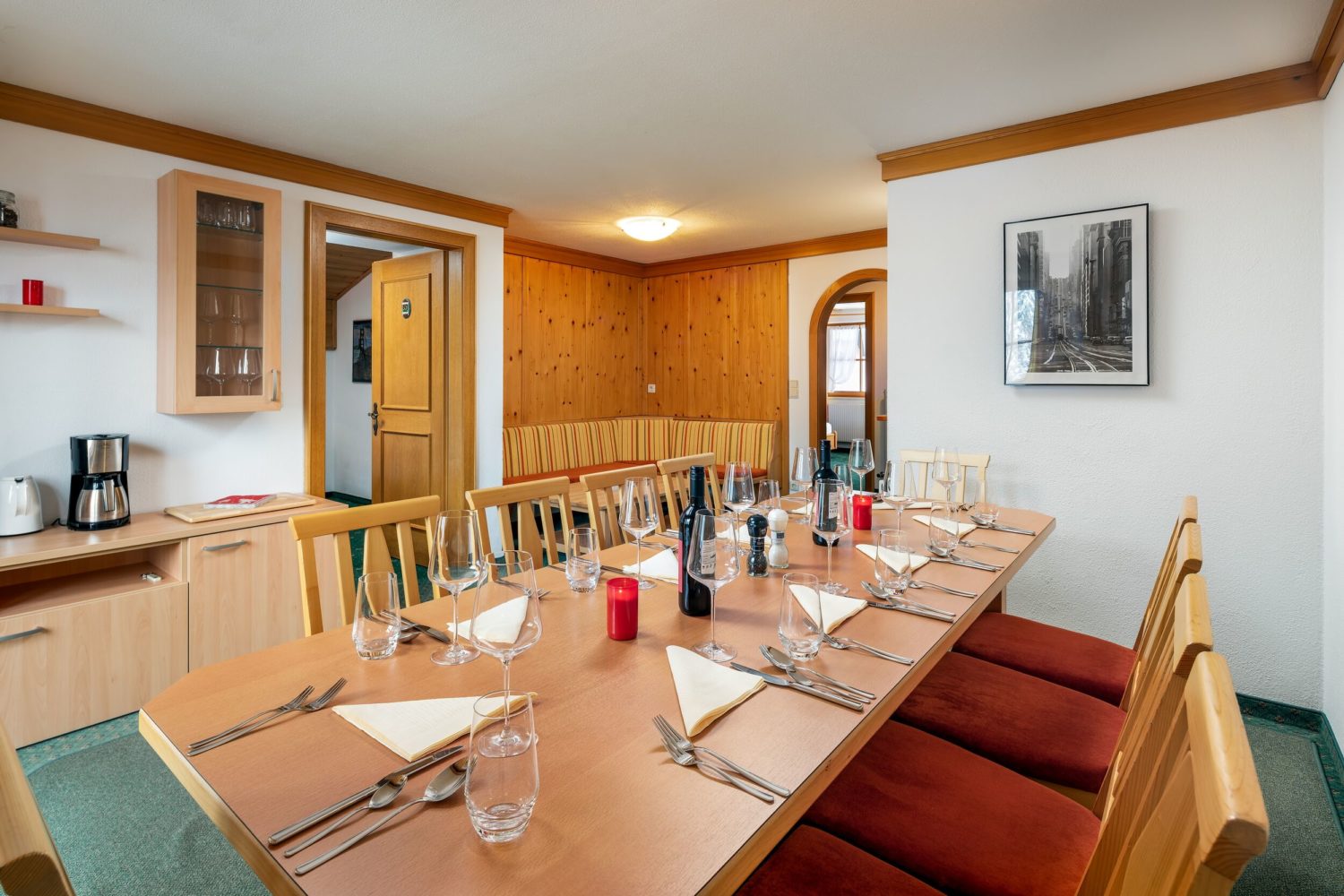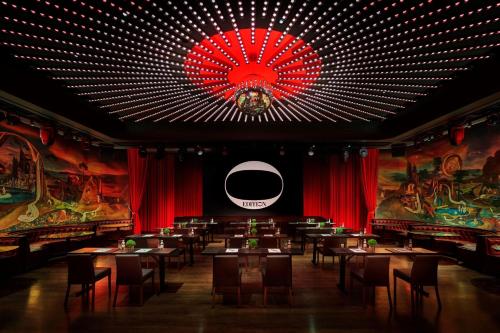TRAVEL: EUROPE / AMERICA
FTC Disclosure: www.datraveler.com may receive financial compensation when the affiliate link(s) on this page are clicked on and a purchase is made.
Catered Ski Chalets
Popular Locations for Catered Ski Chalets:
- France: Chamonix, Courchevel, Méribel, and Val d’Isère.
- Switzerland: Verbier, Zermatt, and St. Moritz.
- Austria: St. Anton, Lech, and Ischgl.
- Italy: Cortina d’Ampezzo and the Dolomites.


















North America Popular Destination
The North America the world’s third largest continent, in the Northern Hemisphere and almost exclusively within the Western Hemisphere. It borders the Arctic Ocean to the north, the Atlantic Ocean to the east. The Caribbean Sea and South America to the southeast, and the Pacific Ocean to the west and south.
The continent includes Canada, the United States, Mexico, Greenland, and the countries of Central America. It is also home to many island nations and territories, including the Bahamas, Cuba, Haiti, Jamaica, and Puerto Rico.
North America also home to a wide variety of plant and animal life. Some of the continent’s most famous wildlife include the bison, the grizzly bear, the moose, the bald eagle, and the jaguar.
North America a continent with a rich history and culture. The continent’s indigenous people have lived there for thousands of years, and their cultures have had a profound impact on the continent’s development.
In recent centuries, North America has been home to a number of waves of immigration, and the continent now home to people from all over the world. This diversity has made North America a vibrant and exciting place to live and work.
North America Travel Trends 2024
- Regenerative Travel:
- Definition: Travel that goes beyond sustainability to positively impact the environment and local communities.
- Destinations: Many travelers are opting for destinations that promote environmental restoration and community support. For example, immersive experiences in Morocco’s Amazigh villages or conservation projects in the Maldives (Audley Travel).
- Experience-Driven Travel:
- Definition: Prioritizing unique, meaningful experiences over traditional tourism.
- Trends: Includes activities such as music tourism, cultural heritage tours, and unique local experiences. Examples include attending music festivals, exploring historic sites, and engaging in local traditions (Euromonitor) (Audley Travel).
- Wellness Travel:
- Definition: Travel focused on health, wellness, and self-care.
- Trends: Emphasizes sleep-focused retreats, fitness programs, and mental health retreats. Popular destinations offer state-of-the-art wellness technologies and personalized health programs (Lux Nomade).
- Tech-Enhanced Travel:
- Definition: Utilizing advanced technology to enhance the travel experience.
- Trends: Includes the use of AI for personalized travel planning, virtual reality experiences, and innovations like electric vertical take-off and landing (VTOL) aircraft for quick, eco-friendly travel (theweek) (Lux Nomade).
- Multi-Generational Travel:
- Definition: Vacations that cater to families with members of different ages.
- Trends: Increased demand for accommodations and activities that suit all age groups, driven by the need to reconnect post-pandemic (Lux Nomade).
Best Accommodations in North America
- New York City, USA:
- Hotel: The Standard, High Line
- Features: Known for its chic design, rooftop bars, and immersive art installations, providing a unique urban experience (Euromonitor).
- Vancouver, Canada:
- Hotel: Fairmont Pacific Rim
- Features: Combines luxury with sustainability, offering stunning harbor and mountain views, and a focus on eco-friendly practices (Lux Nomade).
- Tulum, Mexico:
- Hotel: Azulik Tulum
- Features: Renowned for its eco-conscious design, wellness focus, and natural immersion, providing a tranquil escape (Euromonitor).
- Napa Valley, USA:
- Hotel: Meadowood Napa Valley
- Features: Offers an intimate luxury experience amidst vineyards, with gourmet dining, wellness facilities, and extensive wine-tasting opportunities (Lux Nomade).
- Quebec City, Canada:
- Hotel: Auberge Saint-Antoine
- Features: Blends historical artifacts with modern luxury in the heart of Old Quebec, offering a charming and historical stay (Euromonitor).
These trends and accommodations reflect the evolving preferences of travelers seeking meaningful, sustainable, and health-oriented experiences in 2024 while enjoying top-tier services and unique environments in North America.
The North America
New York, USA
New York, in the early 16th century, was a region primarily inhabited by Native American tribes, such as the Lenape. This area, rich in natural resources, featured dense forests, abundant wildlife, and extensive waterways. The Lenape people lived in a harmonious relationship with their environment, practicing agriculture, hunting, and fishing. They cultivated crops like corn, beans, and squash, known as the “Three Sisters.”
READ: North America Uncovered: The Ultimate Travelers Guide
European exploration began with Giovanni da Verrazzano’s visit in 1524, who sailed into what is now New York Harbor. However, it wasn’t until Henry Hudson’s expedition in 1609, on behalf of the Dutch East India Company, that the area’s potential for trade and settlement was truly recognized. The indigenous population and the Europeans initially engaged in trade, exchanging furs and goods. This period marked the beginning of significant cultural exchanges and set the stage for the future development and colonization of New York.
Los Angeles, USA
In the early 16th century, the area now known as Los Angeles was inhabited by the Tongva and Chumash Native American tribes. These indigenous people lived in villages scattered across the region, thriving in a bountiful environment rich with natural resources. The Tongva, who referred to the area as “Yang-na,” and the Chumash engaged in hunting, fishing, and gathering, utilizing the abundant flora and fauna of the region.
Their societies were complex, with intricate social structures and deep spiritual practices. The coastal location provided ample marine resources, while the inland valleys were fertile grounds for agriculture.
European contact began with the Portuguese explorer Juan Rodríguez Cabrillo’s expedition in 1542, which marked the first European sighting of the California coast.
However, significant European influence and settlement did not begin until the late 18th century, with the establishment of the Spanish missions and pueblos. The natural wealth and strategic location of the region set the foundation for what would become the bustling metropolis of Los Angeles.
San Francisco, USA
As a major metropolitan hub on the West Coast of the United States, San Francisco is renowned for its iconic landmarks, vibrant culture, and innovative spirit. Known for the Golden Gate Bridge, Alcatraz Island, and steep streets lined with Victorian homes, this city is a magnet for tourists seeking picturesque views and unique experiences.
However, San Francisco is not just a tourist destination; it is also a center of technology and entrepreneurship with Silicon Valley just a short drive away. The city’s diverse population contributes to its rich tapestry of arts, cuisine, and activism. Renowned for its liberal politics and progressive values, San Francisco continues to be at the forefront of social change and environmental sustainability efforts.
With world-class museums, restaurants, and entertainment options, San Francisco offers something for everyone to enjoy in this dynamic urban landscape.
Las Vegas, USA
In the early 16th century, the area now known as Las Vegas was a desert region primarily inhabited by the Southern Paiute people. The Paiute lived in small, scattered bands and adapted well to the harsh Mojave Desert environment, utilizing its resources for their sustenance. They practiced seasonal migration, hunting game, gathering wild plants, and developing irrigation techniques to grow crops such as corn, beans, and squash.
The first Europeans to explore this region were Spanish explorers in the 18th century, though significant settlement did not occur until much later. The name “Las Vegas,” meaning “The Meadows” in Spanish, was given by Rafael Rivera, a member of a Mexican trading party, in 1829, due to the area’s natural artesian wells which provided a verdant oasis in the arid landscape.
This fertile ground later became a crucial stopover for pioneers traveling westward, setting the stage for the city’s development into a major hub in the 20th century.
Seattle, USA
In the early 16th century, the area now known as Seattle was inhabited by the Coast Salish peoples, including the Duwamish and Suquamish tribes. These indigenous communities thrived in the resource-rich environment of the Pacific Northwest, utilizing the abundant forests, rivers, and coastline. They built cedar plank houses, crafted canoes, and engaged in fishing, hunting, and gathering. Salmon was a staple of their diet, and they developed sophisticated techniques for preserving and storing it.
The Coast Salish had complex social structures and rich cultural traditions, including potlatch ceremonies and intricate art. European exploration of the Pacific Northwest began in the late 18th century, with British and Spanish explorers like George Vancouver mapping the region in the 1790s.
Significant European settlement did not occur until the mid-19th century, when settlers were attracted by the area’s natural resources, particularly timber and fish, laying the foundation for the future growth of Seattle.
Honolulu, USA
In the early 16th century, Honolulu, on the island of Oahu in Hawaii, was part of a thriving Polynesian society. The Native Hawaiian people, descendants of voyagers from the Marquesas Islands and Tahiti had established complex communities with rich cultural traditions. They practiced sustainable agriculture, growing taro, sweet potatoes, and other crops, and were skilled fishermen, relying on the abundant marine resources.
Their society was organized around a kapu system, a set of laws and spiritual practices, and they built impressive structures like heiau (temples) for religious ceremonies. Honolulu, known then as Kou, was a significant and well-protected harbor, which later became a strategic location for trade and governance.
European contact began with the arrival of British explorer Captain James Cook in 1778, but Honolulu’s transformation accelerated in the 19th century with the establishment of a monarchy, increased trade, and the arrival of missionaries, setting the stage for its development into Hawaii’s capital and largest city.
Orlando, USA
In the early 16th century, the area now known as Orlando, Florida, was inhabited by Native American tribes, primarily the Timucua people. These indigenous groups lived in a landscape dominated by dense forests, wetlands, and numerous lakes. They practiced a mix of agriculture, hunting, and fishing, growing crops like maize, beans, and squash, and relying on the abundant wildlife for sustenance.
The Timucua built large villages with thatched huts and had a complex social structure with distinct roles and a deep spiritual connection to their land. European contact began with Spanish explorers, such as Juan Ponce de León, who arrived in Florida in 1513. However, significant European settlement in Central Florida did not occur until much later.
Orlando itself remained largely undeveloped until the 19th century, with the establishment of forts during the Seminole Wars and later growth driven by the citrus industry, eventually becoming the vibrant city known for its theme parks and tourism industry.
Savannah, USA
In the early 16th century, the area now known as Savannah, Georgia, was inhabited by Native American tribes, particularly the Yamacraw, a branch of the Creek people. These indigenous communities lived in a region rich with natural resources, characterized by lush forests, rivers, and fertile lands. They practiced agriculture, growing crops like maize, beans, and squash, and supplemented their diet with hunting and fishing.
The Yamacraw had a well-organized society with complex social structures and trade networks extending throughout the Southeast. European contact began in the early 16th century with Spanish explorers, but significant settlement did not occur until the 18th century.
Savannah was founded in 1733 by British General James Oglethorpe, who established it as the first city of the new colony of Georgia. The city’s strategic location on the Savannah River made it an important port, fostering economic growth and cultural development, and setting the foundation for its historical significance and charm.
St Augustine, USA
St. Augustine, Florida, established in 1565, is the oldest continuously inhabited European-established settlement in the continental United States. Before European arrival, the region was inhabited by the Timucua people, who lived in small villages and practiced agriculture, fishing, and hunting. They had a complex society with a rich culture and engaged in trade with neighboring tribes.
Spanish explorer Juan Ponce de León first arrived in Florida in 1513, claiming it for Spain. However, it was Pedro Menéndez de Avilés who founded St. Augustine in 1565 as a strategic military outpost to protect Spanish interests against French incursions. The settlement served as the capital of Spanish Florida for over 200 years.
St. Augustine’s strategic coastal location and its Castillo de San Marcos fortification made it a key military and trade hub. The city’s rich history reflects its diverse cultural influences, including Spanish, Native American, African, and later British heritage.
Philadelphia, USA
In the early 16th century, the area now known as Philadelphia was inhabited by the Lenape (Delaware) Native American tribes. The Lenape lived in small, scattered villages along the Delaware River, practicing agriculture, hunting, and fishing. They grew crops like corn, beans, and squash and maintained a deep spiritual connection to the land.
European exploration began with Dutch and Swedish settlers in the early 17th century, but significant development occurred when English Quaker William Penn founded Philadelphia in 1682. Penn envisioned it as a “City of Brotherly Love,” emphasizing religious tolerance and orderly development.
Philadelphia quickly grew into a major colonial city and a center for political, economic, and cultural activity. It played a pivotal role in American history, hosting the First and Second Continental Congresses and the signing of the Declaration of Independence in 1776. The city’s strategic location along the Delaware River facilitated trade and commerce, contributing to its rapid growth and prominence.
Phoenix, USA
In the early 16th century, the area now known as Phoenix, Arizona, was part of the ancestral lands of the Hohokam people, who had established a sophisticated agricultural society. The Hohokam built an extensive network of irrigation canals, some of which are still in use today, to cultivate crops like corn, beans, and squash in the arid desert environment.
By the time European explorers arrived in the region, the Hohokam civilization had mysteriously declined, and their descendants, the Pima and Maricopa tribes, inhabited the area. Spanish explorers and missionaries traversed the region in the late 16th and early 17th centuries, but significant European settlement did not begin until the mid-19th century.
Phoenix was officially founded in 1868 by Jack Swilling, who saw the potential for agriculture by utilizing the ancient Hohokam canals. The city grew rapidly due to its agricultural productivity, later boosted by the advent of the railroad and the establishment of major highways, transforming it into a bustling urban center.
Portland, USA
Portland, Oregon, situated at the confluence of the Willamette and Columbia rivers, has a rich history dating back thousands of years. The region was originally inhabited by various Indigenous peoples, including the Multnomah, Chinook, and Clackamas tribes, who thrived through fishing, hunting, and trading.
European exploration of the area began in the late 18th century, with the Lewis and Clark expedition passing through in 1805. The city of Portland was founded in 1845 by Asa Lovejoy and Francis Pettygrove, who famously flipped a coin to decide its name.
Portland’s growth was fueled by the Oregon Trail and later the arrival of the railroad, turning it into a major port and commercial center. In the 20th century, the city became known for its progressive values, environmentalism, and vibrant cultural scene, earning it the nickname “The City of Roses” and solidifying its reputation as a unique and eclectic urban destination.



















































